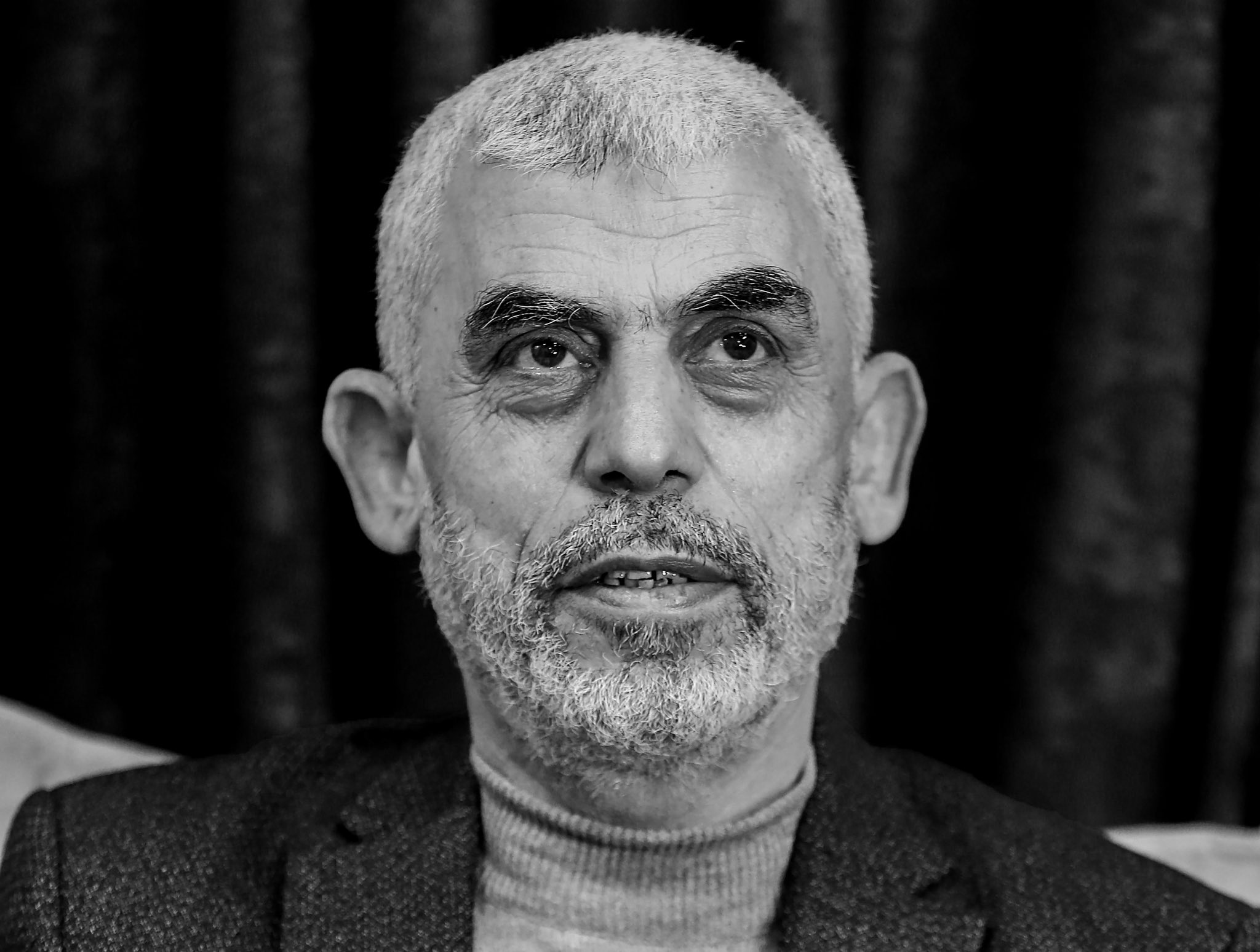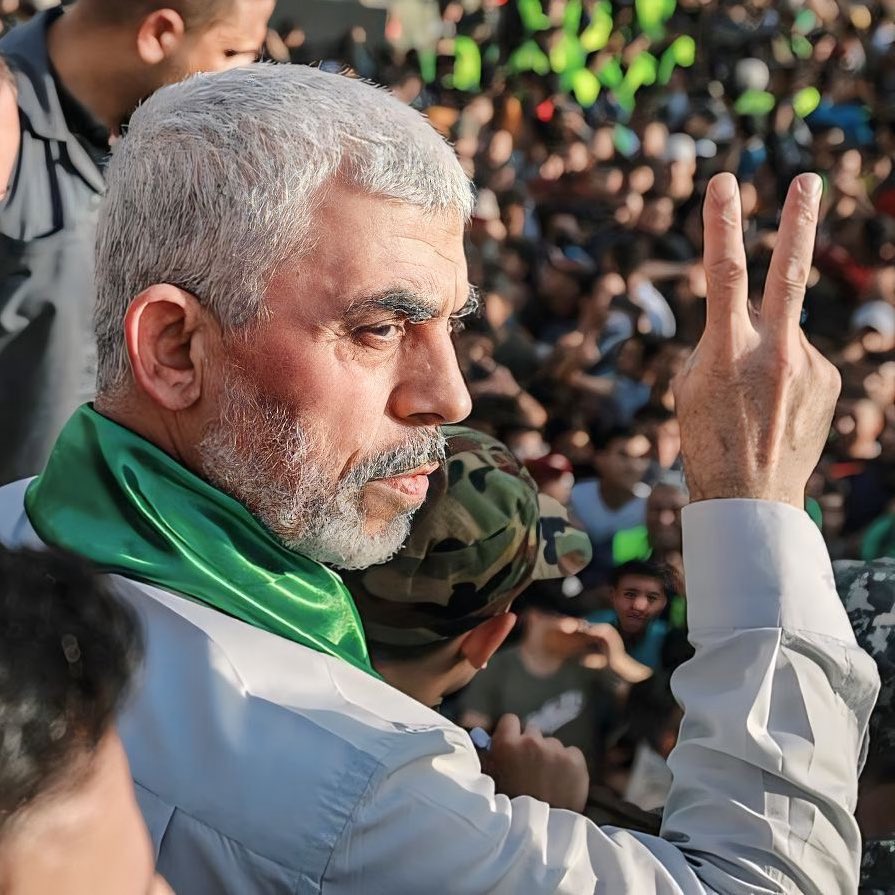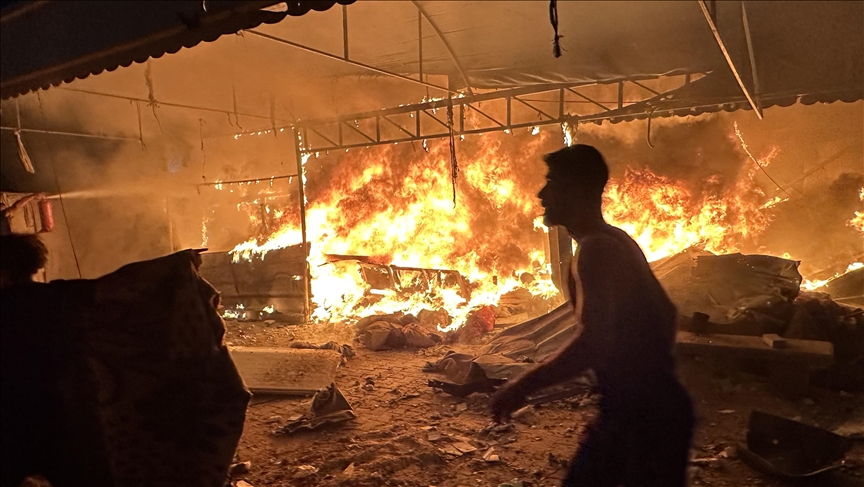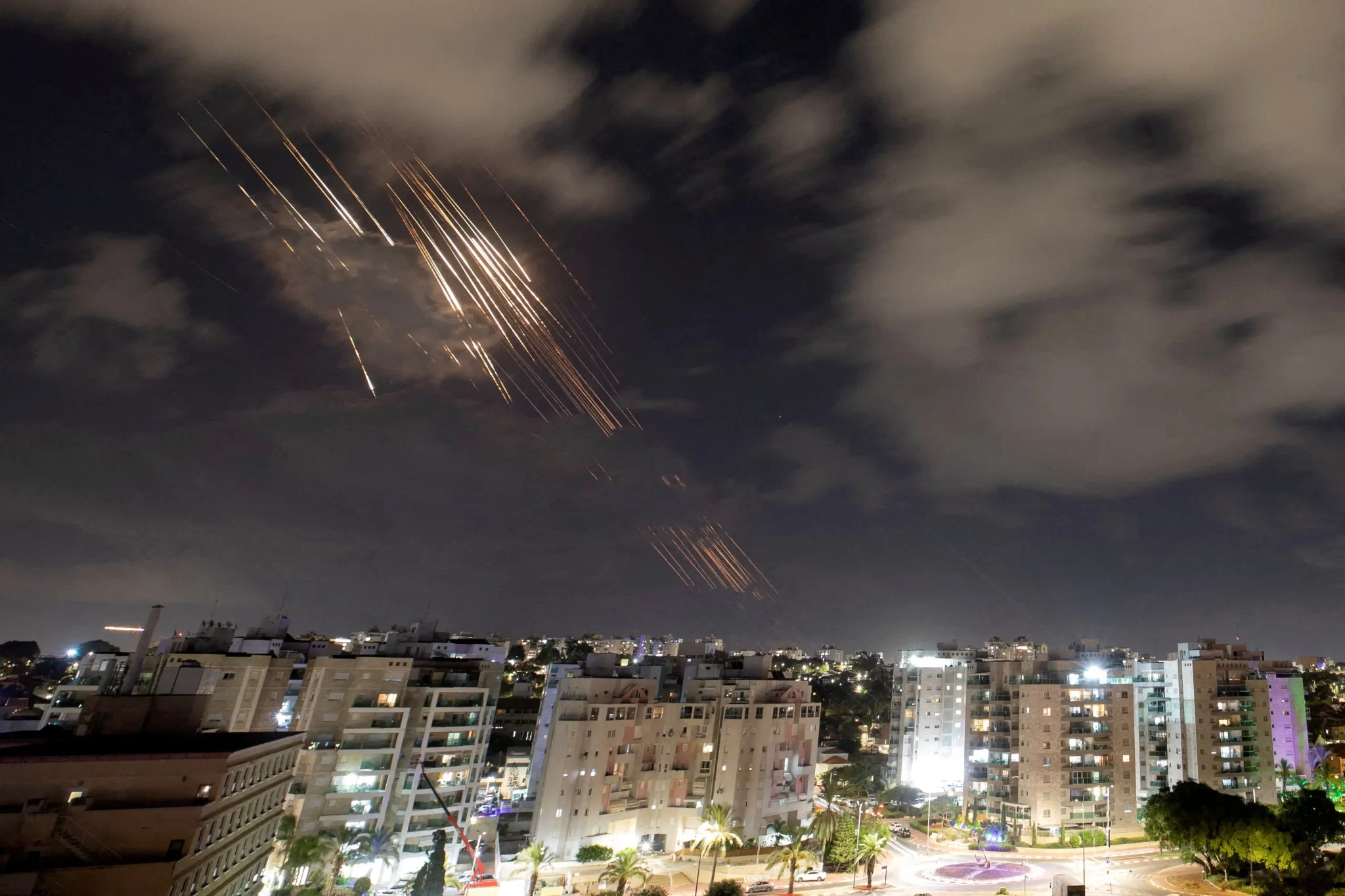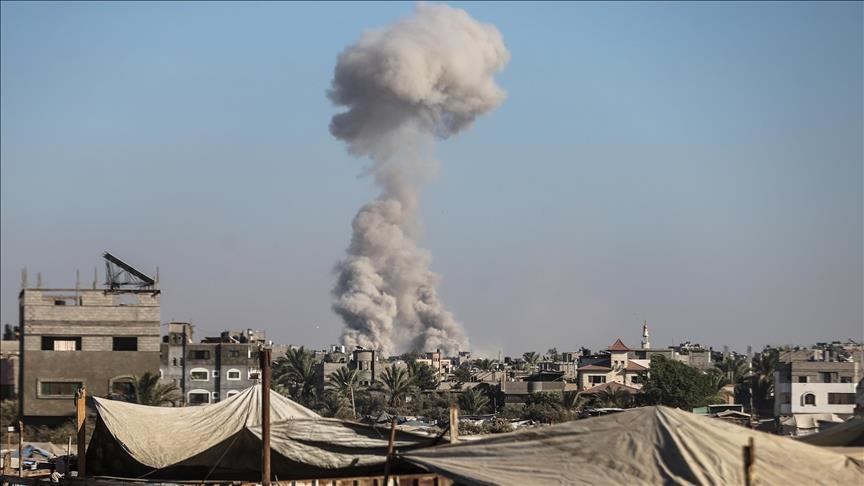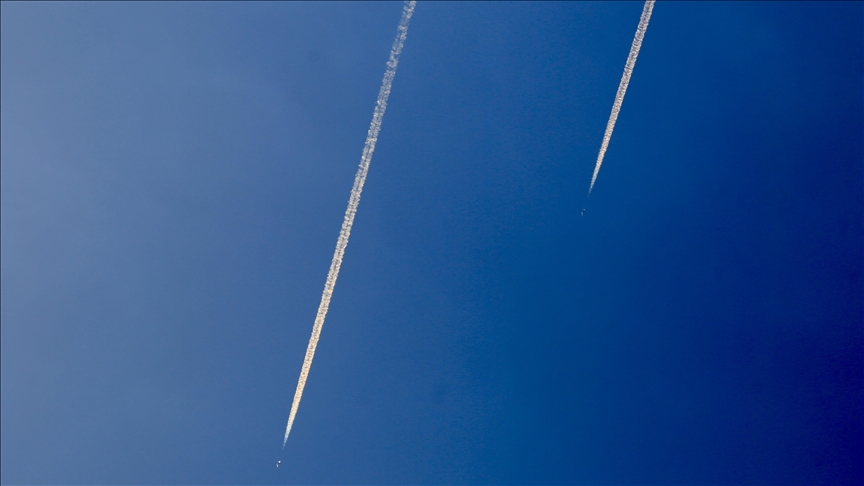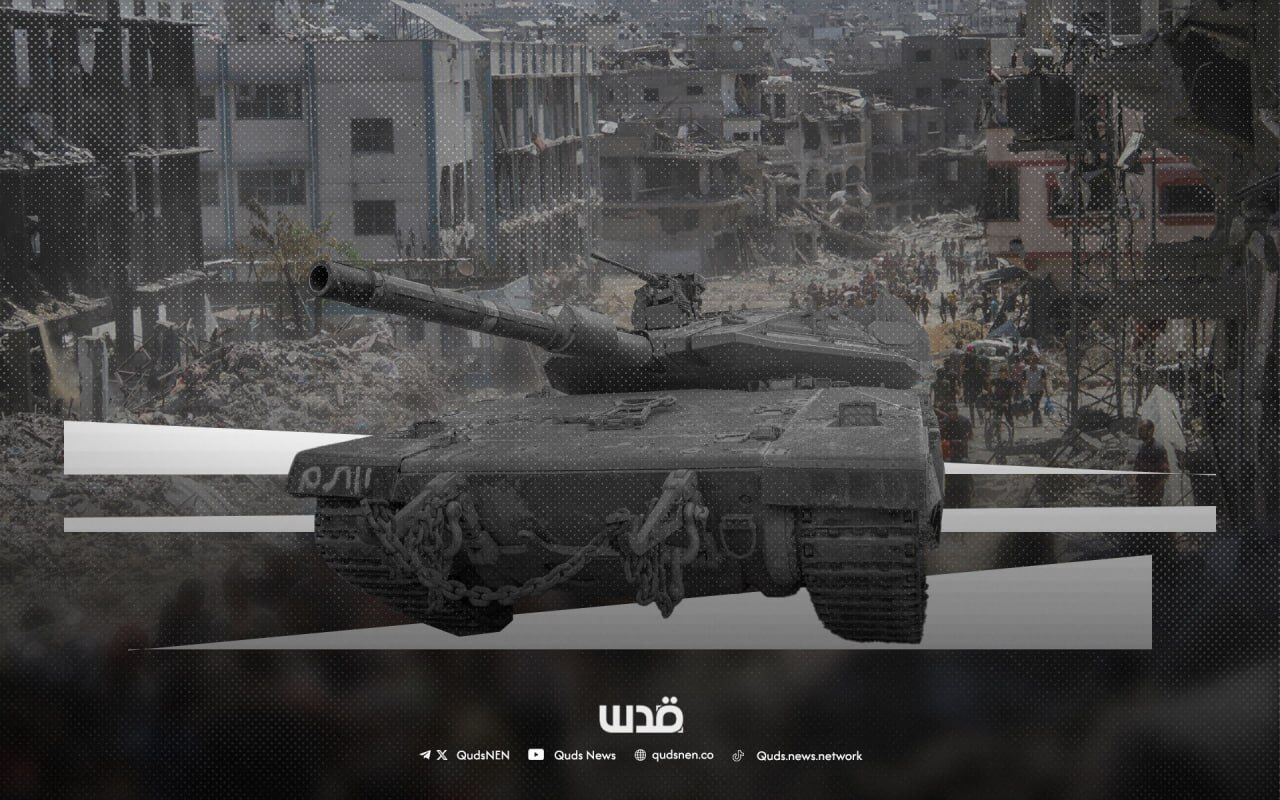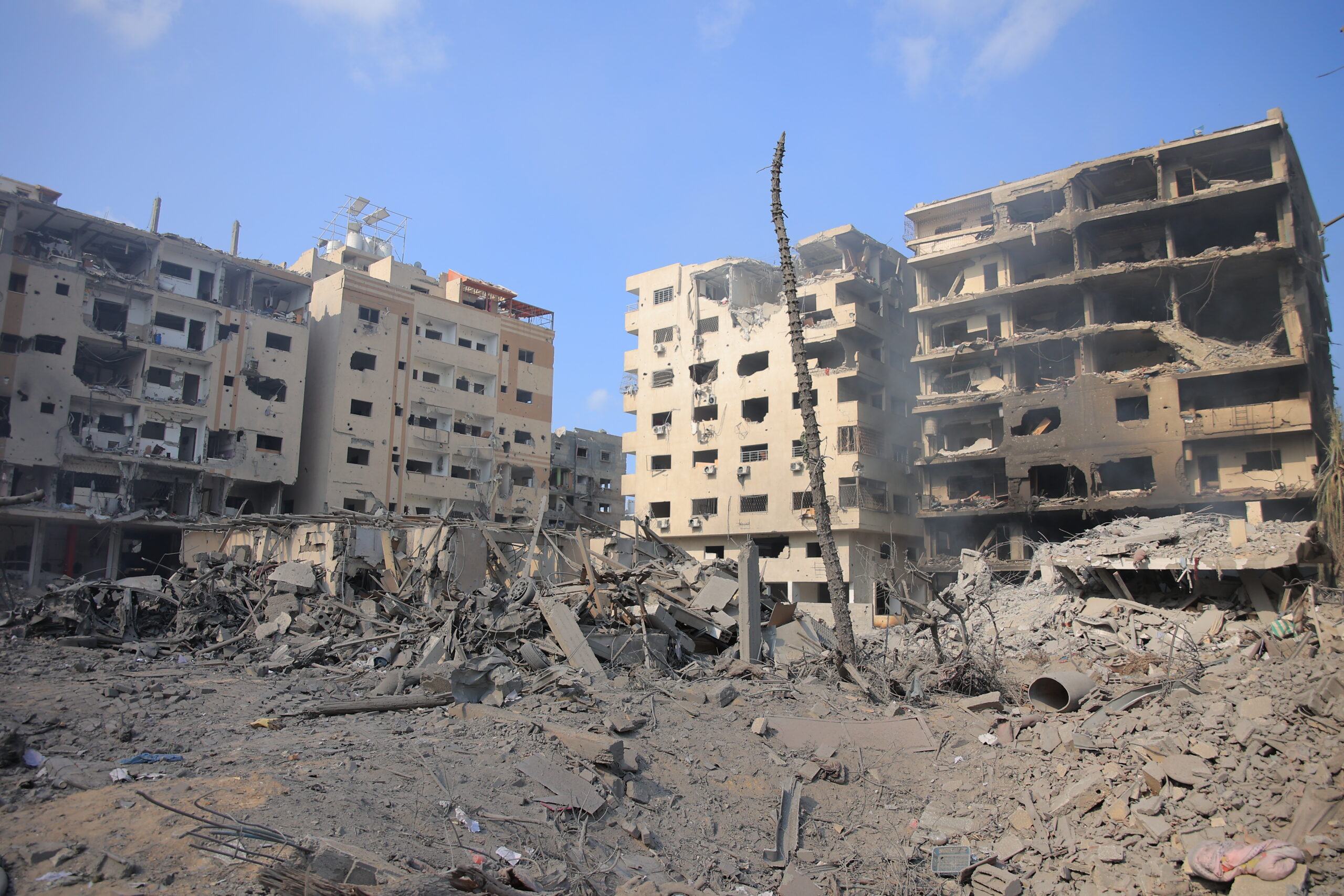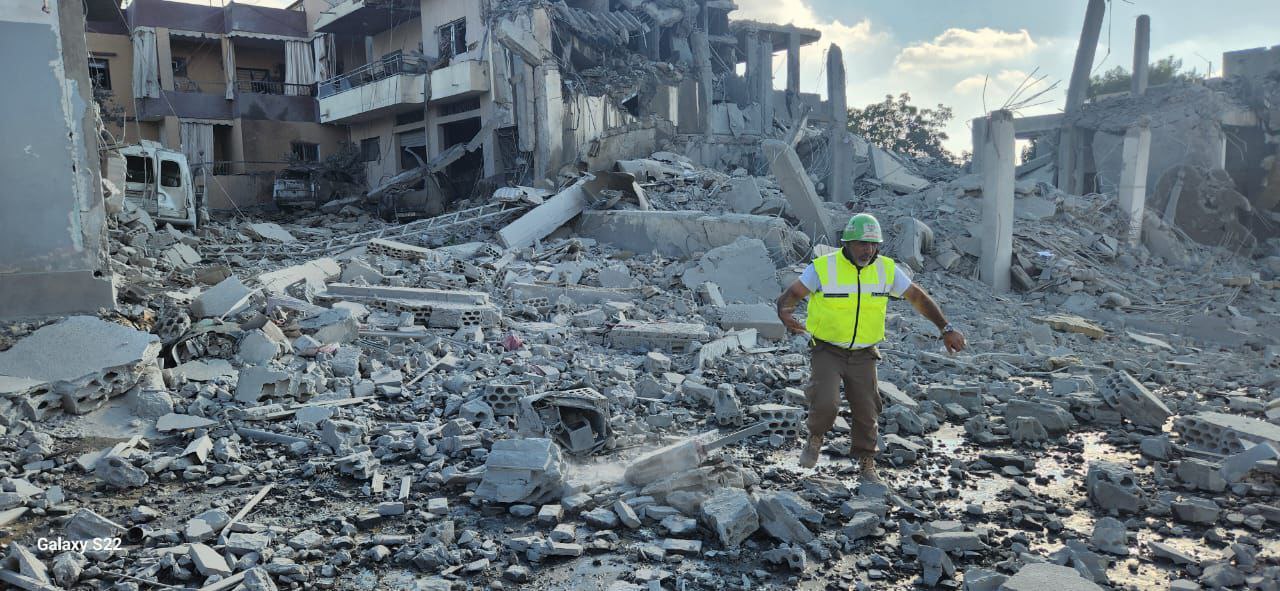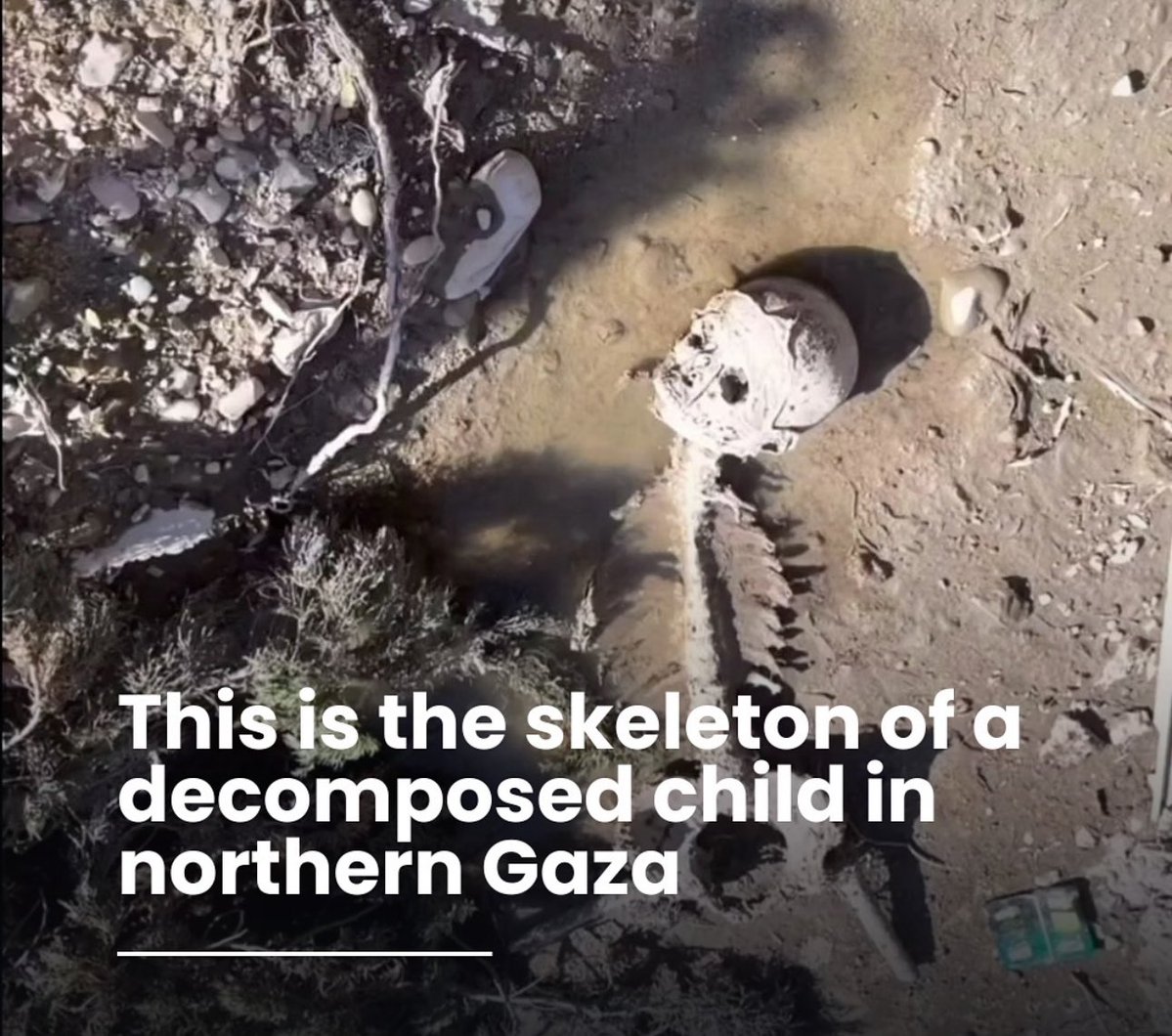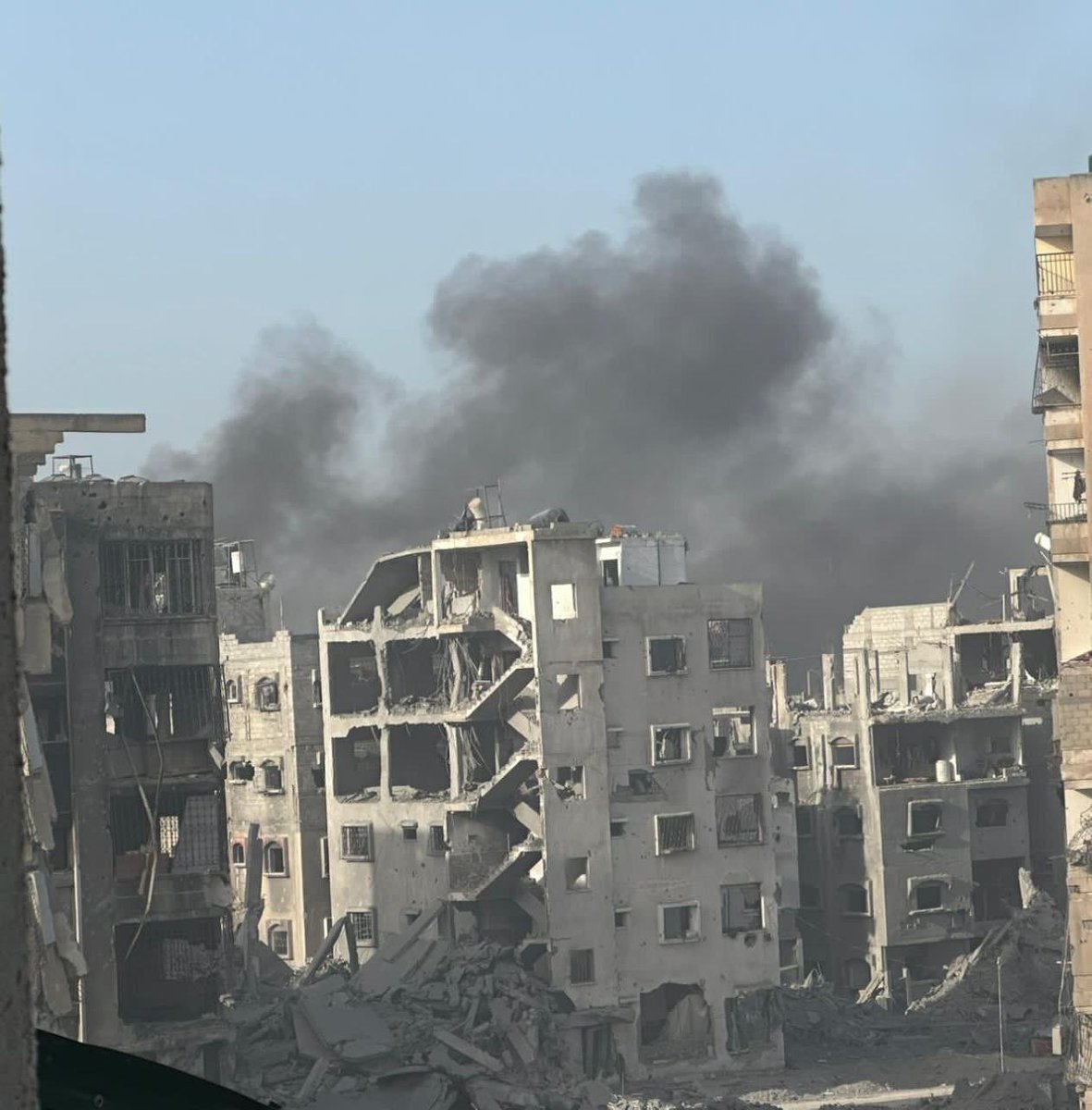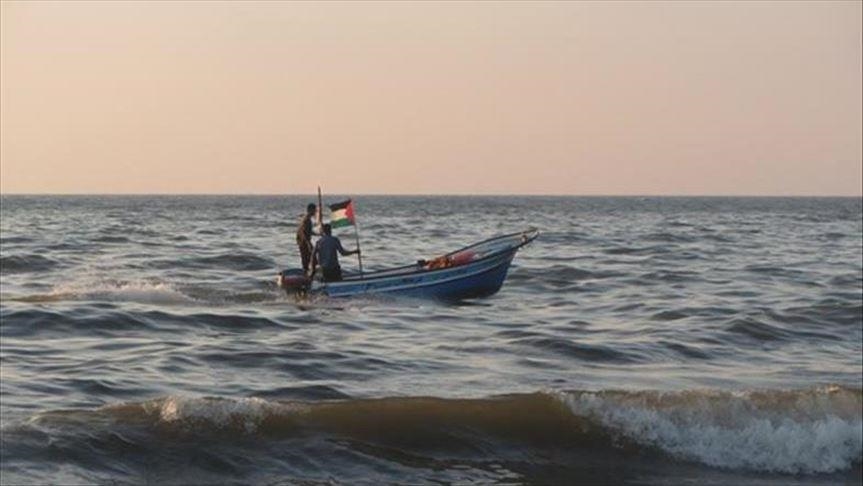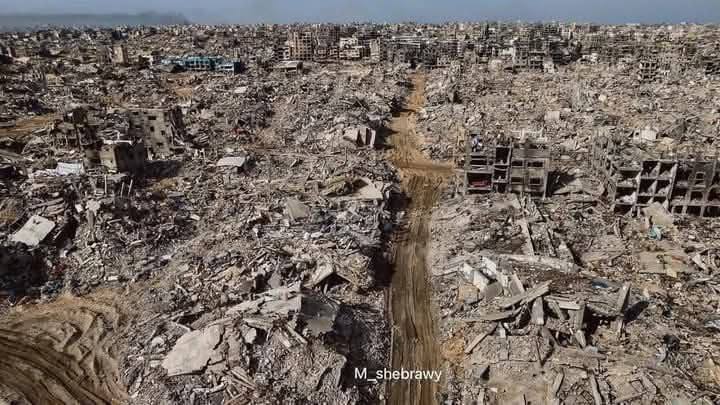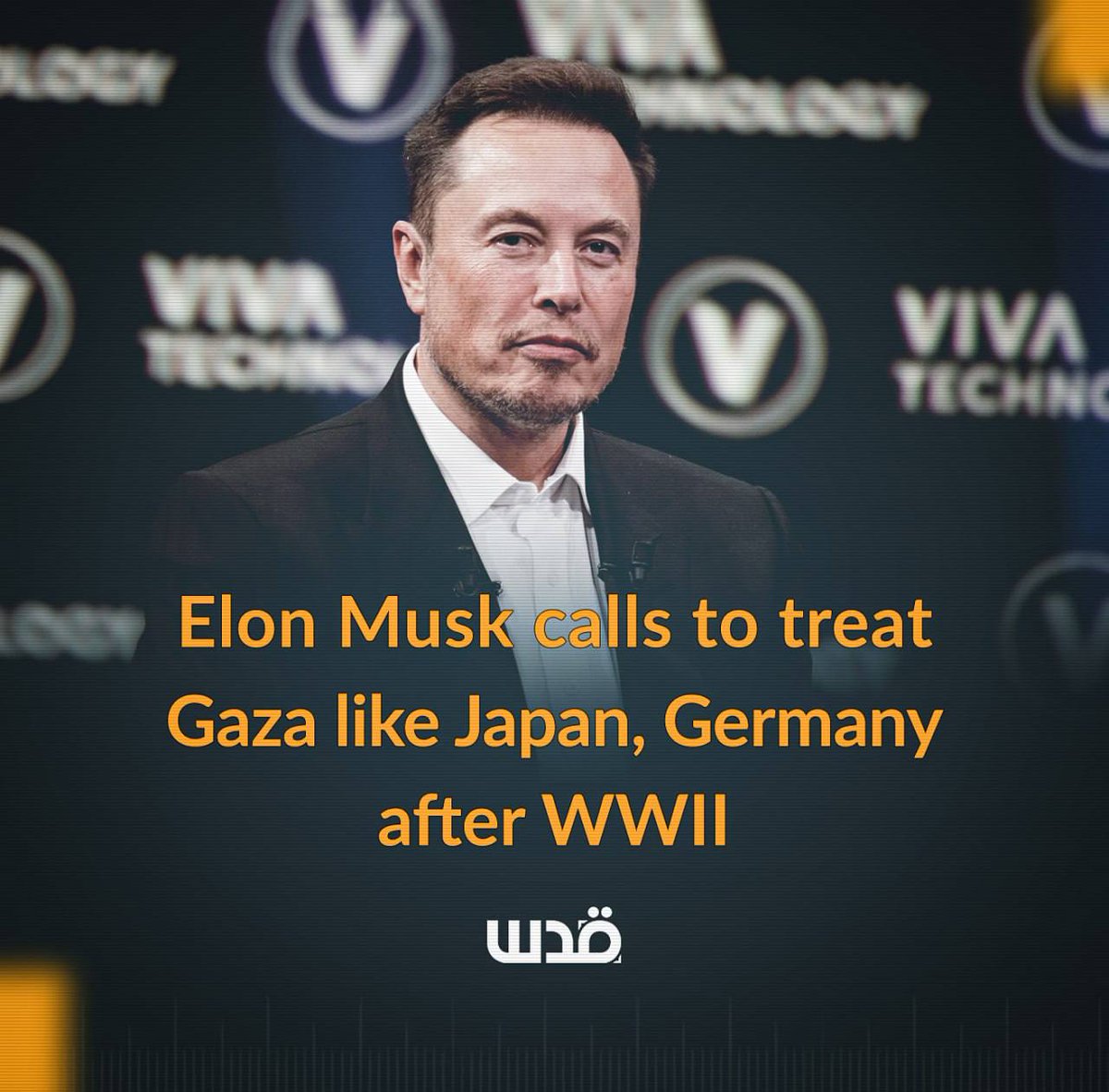Foreign Policy: Killing Sinwar Will Only Make Hamas More Fierce
A Foreign Policy magazine report confirmed that Israel’s killing of the head of the Hamas political bureau, Yahya Sinwar, will only make the movement more fierce. It added while it…
Sinwar Killed Whilst Fighting in Battle
A source said the late martyr Yahya Sinwar, head of the Hamas political bureau, was at the forefront of Al Aqsa Flood that began on 7 October, 2023. According to…
White House ‘Horrified’ of Burning Bodies in Tent
Gruesome videos and pictures appearing to depict displaced Palestinian civilians burning alive in the aftermath of an Israeli airstrike in Gaza are both “horrifying” and “deeply disturbing,” the White House…
Iran Strike on 15 Israeli Sites Topped $53 Million in Damages – Report
The Iranian missile attack on Israel earlier this month caused significant damage to property, amounting to an estimated $53 million, according to an Israeli report published on Sunday by Yedioth…
Massacres Under US Protection
Hamas accused the Israeli army of committing “massacres” in northern Gaza’s Jabalia region, claiming the attacks were carried out as “retaliation against unarmed civilians under American cover.” In a statement,…
Hamas Strikes Tel Aviv With Five Missiles
CROSSFIREARABIA – The Izz Al Din Al Qassam Brigade, the Hamas military wing, stated, Monday morning, they have struck Tel Aviv and its sorrounding areas with five missiles. The news…
Gaza: A Year of Horror
By Van Esveld A bedrock principle of the laws of war is that all warring parties, whether national armed forces or armed groups, must do everything they can to minimize…
After Gaza Regional War Looms
As the war in Gaza enters its second year, the Palestinian enclave is now unrecognizable, with most areas reduced to rubble. The Palestinian death toll exceeds 41,000 while over 95,000 people have…
Dialectic of Converging Interests
By Dr Khairi Janbek One’s experience has always been in peace building and not war mongering, therefore try to understand that to make a paradigm shift can make one fall…
Domination Space For Common Space
By Dr Khairi Janbek When we think of contemporary Iran, one always believes that the Arab Middle East had always been dominated by the three Non-Arab American allies; Iran under…

